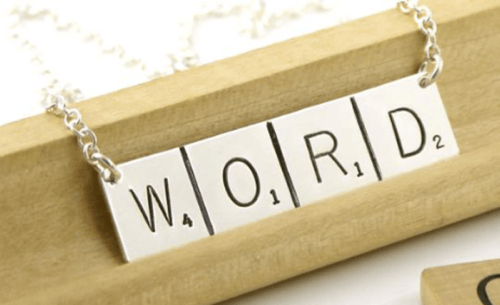

ReadWriteShop is an occasional series about the intersection of technology and commerce.
As the Internet seeps into the mundane we don’t just find our thermostats becoming smarter, we find our way of living more to our liking. That’s because the Internet can make life customizable. Nowhere is this more apparent than in the realm of shopping.

As consumers we don’t just want customization—we demand it. Netflix and Pandora have ruined our appetite for the proverbial assembly line. We’re becoming designers. We don’t just want to go to the store to pick up a print to hang on the wall. We want to take a photo and have it turned into a painting and then hang that on the wall—a service made possible by Pixeli.st. The more customization we see, the more customization we crave.
My Over Mass
Customization killed the music album. We wanted to buy individual songs. We shop for books online or in digital format because a physical store limits our browsing to what the shelves can hold. We want to be unlimited.
As individuals we will naturally choose “my” over “mass” style as long as it’s convenient. When Etsy emerged as a way us to conveniently order custom goods like a unique iPad dock made from Maine driftwood it signaled a new era in ecommerce choice and happiness. While online shopping has always been convenient, offering truly customized products hasn’t been easy for retailers who had to forecast what products would have consumer appeal. Until now. A new batch of retailers are beginning to ask us what we want.

Capturing the look of Alexander Graham Bell’s face as he might examine Moto Maker, Motorola’s made-to-order Moto X design studio, would be Instagram gold. There have been many breakthroughs in phone technology since Bell’s time but there has never before been a phone that can be tailor-made to suit our design preferences. Motorola’s Project Ara goes even further by proposing to let us customize hardware blocks—from the display to the battery to the CPU—in Lego-like fashion. But customized manufacturing can go beyond choosing from a set of options to choosing from anything we can dream up.

Sites like CustomMade and Hatch.co will make our ideas real and ship them to us. From jewelry to home decor to art and more there are no constraints but our imagination. A buyer simply provides a description or a photo and a band of high-quality makers will put their bandsaws at your disposal. If we want an office chair that looks like it’s carved out of ice that is beginning to melt we can have it made. We’re not constrained by what I can find at a local store or on Amazon.
This level of customization is now possible because of the ubiquity of web commerce services and more scalable methods of production—such as 3D printing and CNC routers—which allow makers to spend more time making and designing, according to Hatch’s co-founder and Chief Product Officer Ryan Hayward. In the past, customization on an individual level wasn’t scalable or profitable. The technology wasn’t in place for support a customization ecosystem.

Customization is at the heart of menswear company J.Hilburn. CEO Veeral Rathod explains the “tectonic shifts” in the retail market that have allowed for a customized approach to succeed: “We’ve found a way to balance the best elements of a brick and mortar retail experience with the ease, efficiency and cost cutting advantages of e-commerce by crafting a unique network of more than 3,000 personal stylists in nearly every US market. We’ve also substantially compressed and vertically integrated our supply chain, helping us source the most premium fabrics and materials from around the world without passing on substantial markup cost to our end customers.”
As we enter this holiday shopping season at full speed, be sure to look around for the many ways you can customize the things you are buying for yourself or loved ones.
Images courtesy of Pixeli.st, Moto Maker, Hatch.co, J. Hilburn

















